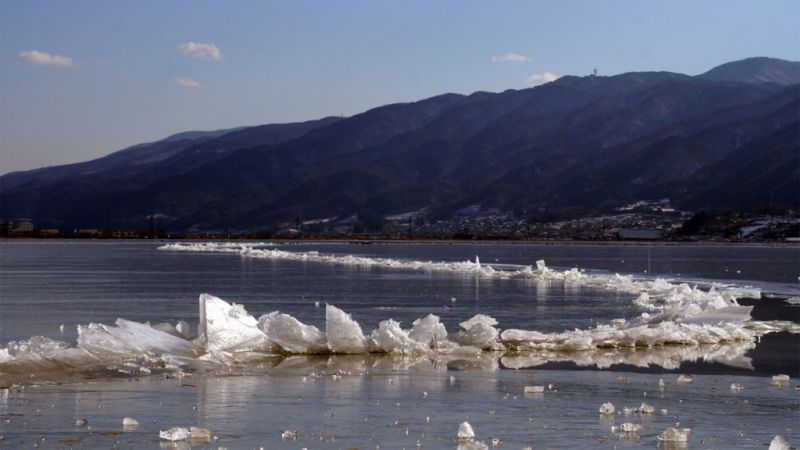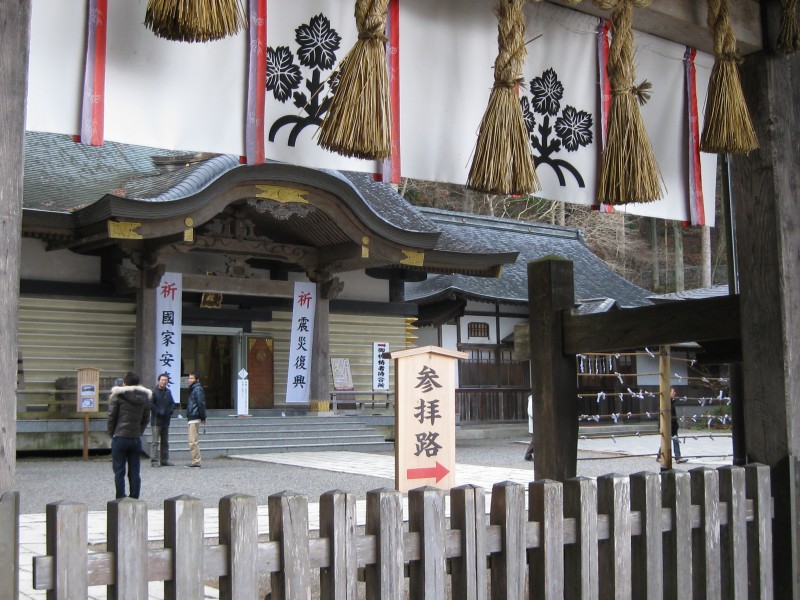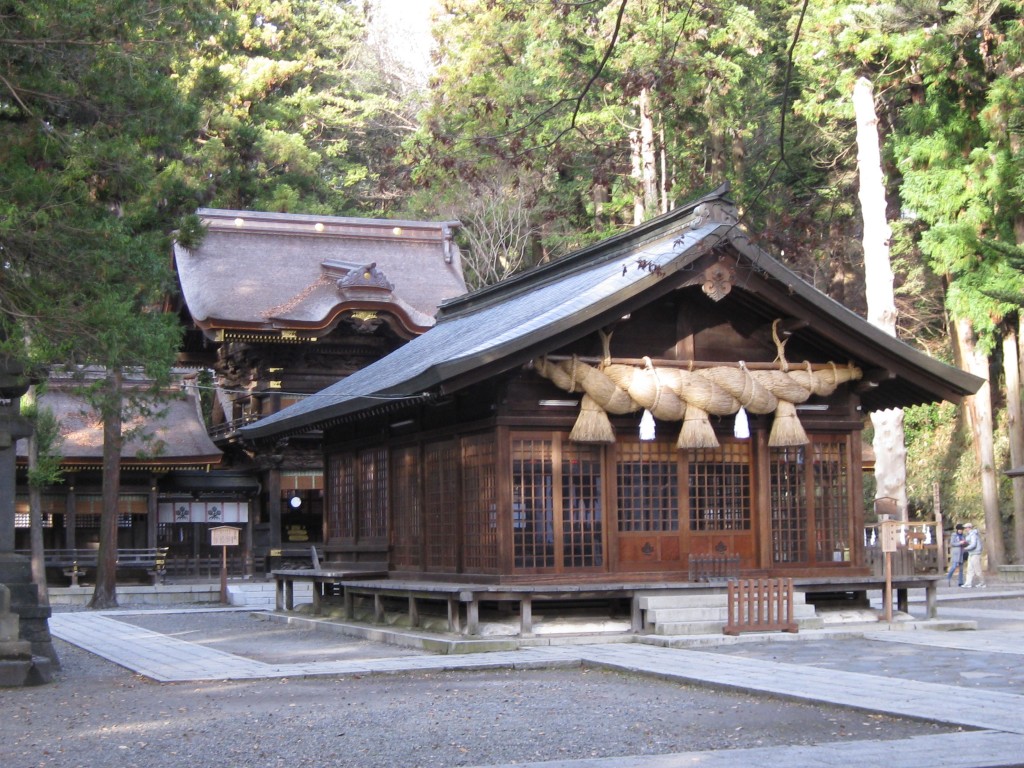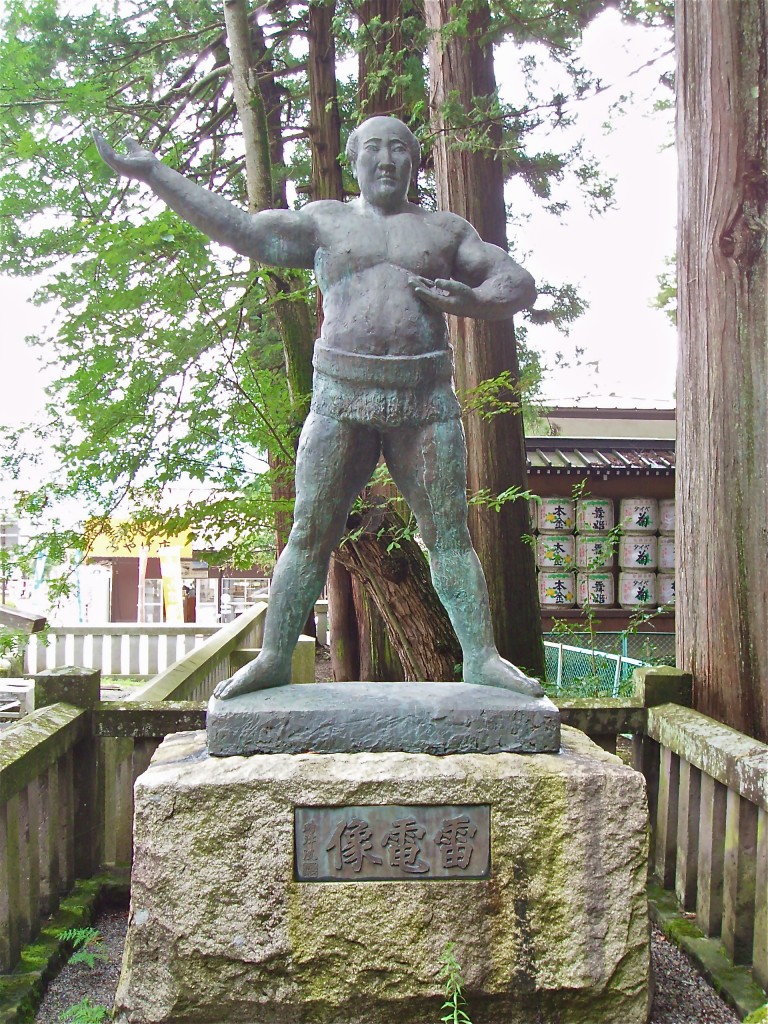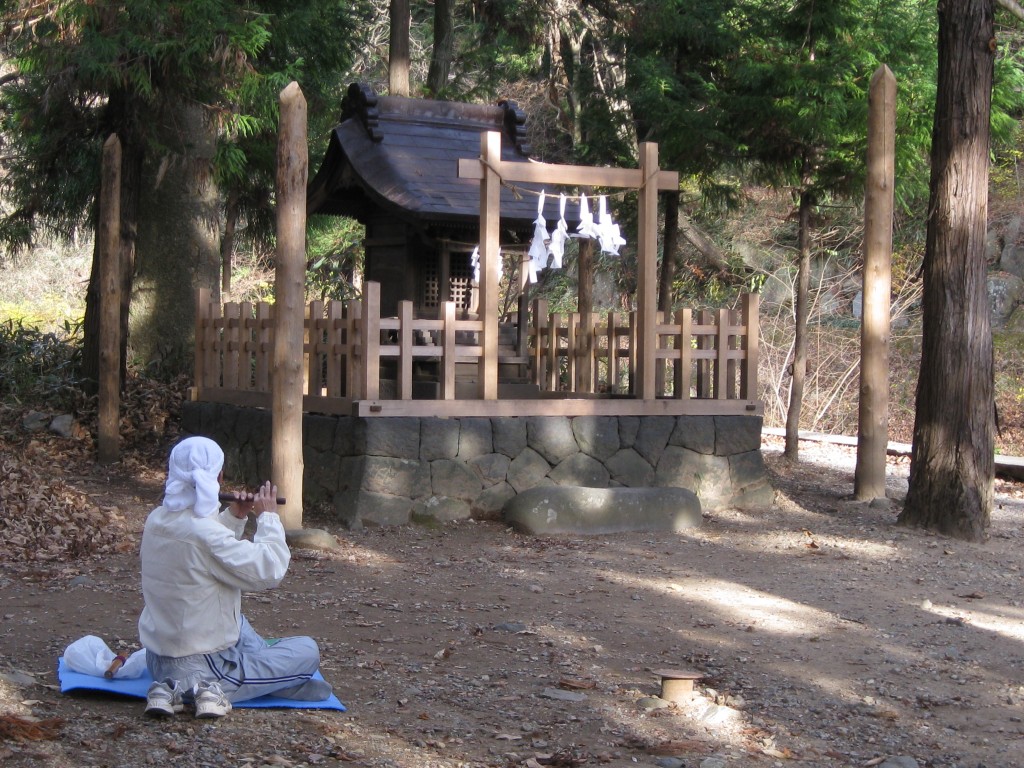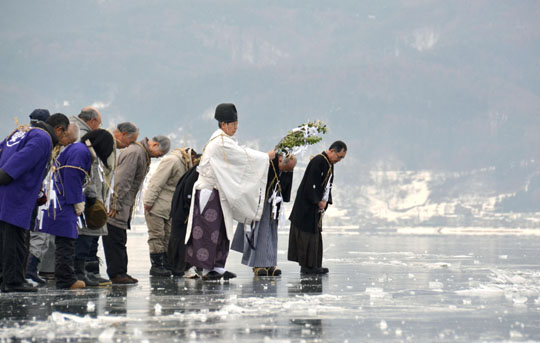Something to look forward in the New Year when the pandemic is over – a chance to be a miko
- Casey Baseel Japan Today Dec 20, 2017
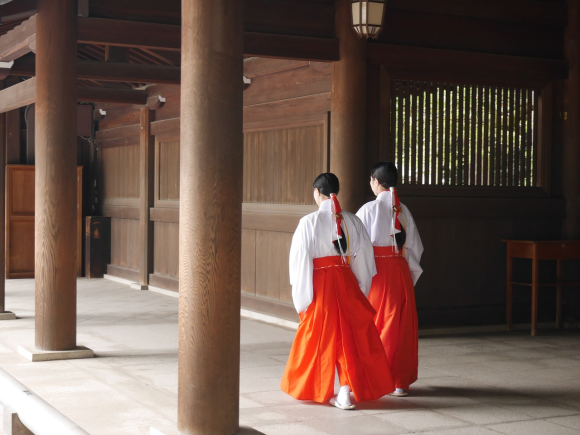
Chief priest cites popularity of miko heroine in anime hit Your Name for increased interest in traditional role.
The title of miko, or Shinto shrine maiden, definitely sounds impressive. However, becoming a miko doesn’t involve the sort of solemn, life-long decision as many other religious roles. In modern Japan, many young women work part-time as miko while leading otherwise secular lives, and there’s even a shrine which offers foreign travelers and residents the chance to sample what it’s like to be a shrine maiden with a miko-for-a-day program (well, technically miko-for-an-hour).
Nobuo Otagaki is the head priest of Amagasaki Ebisu Shrine, located in Amagasaki City in Hyogo Prefecture. The town sees a number of foreign travelers staying overnight on their way to or from sightseeing destinations in Kyoto and Osaka, and last year the Amagasaki Hospitality Group approached Otagaki with the idea of starting a miko experience package.
Having run a similar, successful program in New York, Otagaki agreed, and now interested individuals and groups can participate in one-hour sessions held at Amagasaki Ebisu Shrine where they dress in miko attire, learn about the activities the maidens do to keep the shrine running, and even try their hand at kaguramai, a traditional dance accompanied by bells and chimes, which was featured in a memorable scene of hit anime film Your Name.
Otagaki credits the popularity of the anime with sparking an interest in miko among foreign visitors, particularly those from Taiwan. Participants hail from a number of countries, though. This month, for example, a group of 10 exchange students from Australia and Fiji who are currently studying at Amagasaki’s Sonoda Women’s University took part in the one-hour program.
To date, over 150 groups have done the program, and the shrine plans to continue offering it for the foreseeable future. Reservations are required, with directions available here on the shrine’s website.
*****************
For an article about JAL hostesses being reascribed to New Year duties as miko, please click here.

